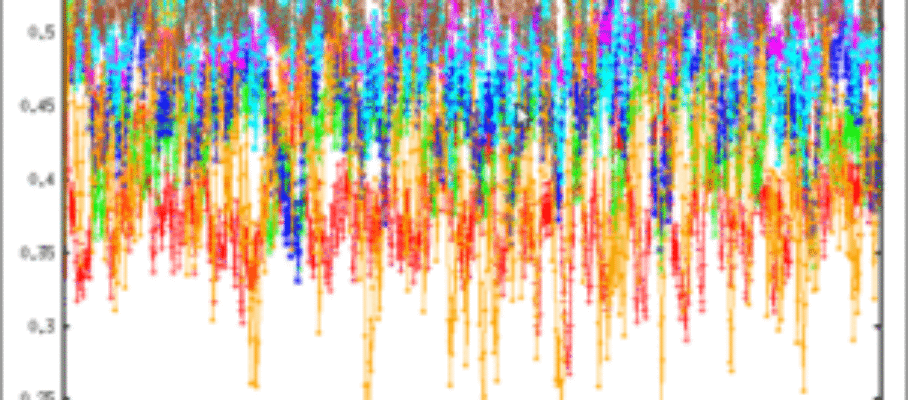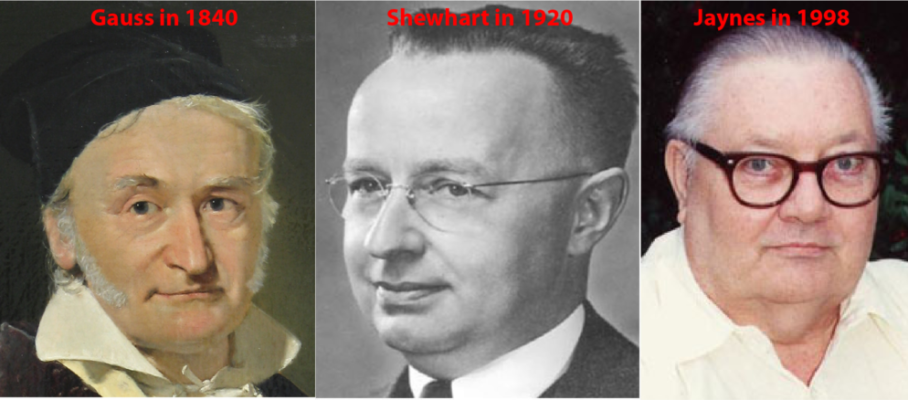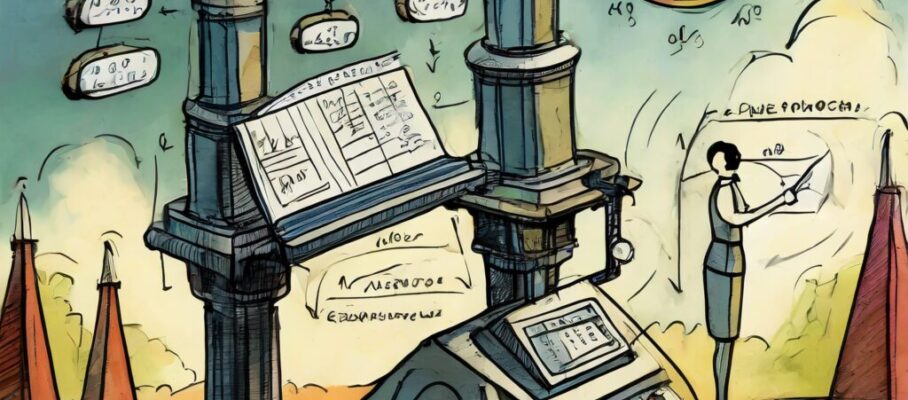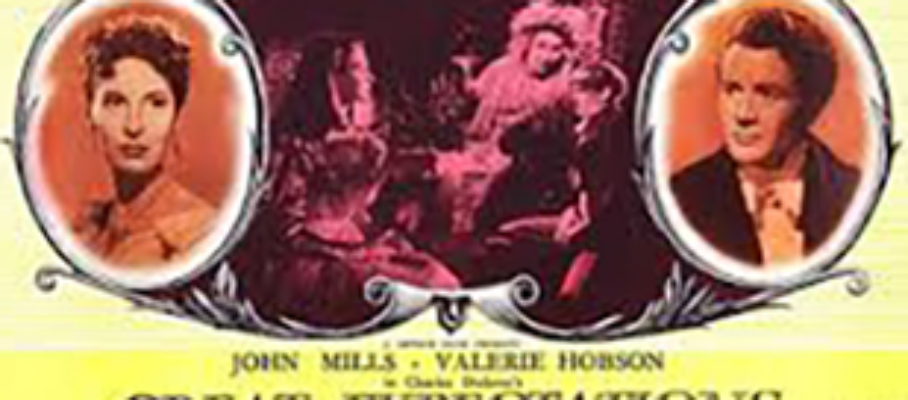Sep 17 2025
Label your charts!
Charts you share with others need a bodyguard of text to be self-explanatory, avert misunderstandings, and support learning. None of this matters when you chart exclusively for your own use, but it is obligatory when communicating with a team or making a case to management.
Generating an informative, actionable chart can take hours; documenting and labeling it should take minutes, yet we encounter charts with missing or unclear labels in business documents, published articles, and even textbooks.





Nov 7 2025
The Lowdown on the Range Chart
To use in-process measurements for quality control 100 years ago, Walter Shewhart proposed the \bar{X}-\sigma charts. It entailed arranging workpieces in rational subgroups, summarizing measurements by subgroup into means and standard deviations, charting both, and checking new values against control limits.
When Harold Dodge tried to implement the \bar{X}-\sigma charts at Western Electric, the engineers balked at calculating sample standard deviations with paper, pencils, and slide rules. To gain acceptance, Dodge let them use sample ranges and plot them in R charts instead. While easier to understand and to use daily, sample ranges are mathematically more complex and more sensitive to extreme values than standard deviations.
The SPC literature glosses over the motivation for the R chart and its math. It provides recipes for using these charts, but no explanation. We shouldn’t ask manufacturing professionals to use a tool without explaining its purpose and its theory. This is what this post is trying to remedy.
Like all control charts, the R chart uses limits calculated for the Gaussian distribution. As no simple formula is available for the R chart, setting control limits for it requires numerical approximations that must have consumed months for human computers in 1924. Today, you can replicate them instantaneously with software. These calculations reveal that the \pm 3\sigma limits in the books for the range chart do not actually encompass the 99.73% of the distribution that they do in \bar{X} charts.
The R chart was an ingenious workaround to technical and human constraints of the 1920s that no longer exist. Today, rather than blindly applying these tools, we must draw inspiration from their inventors and develop solutions to meet the process capability challenges we are actually facing.
Contents
Share this:
Like this:
By Michel Baudin • Quality 0 • Tags: Control Charts, Quality, Range Chart, SPC, Xbar-R chart